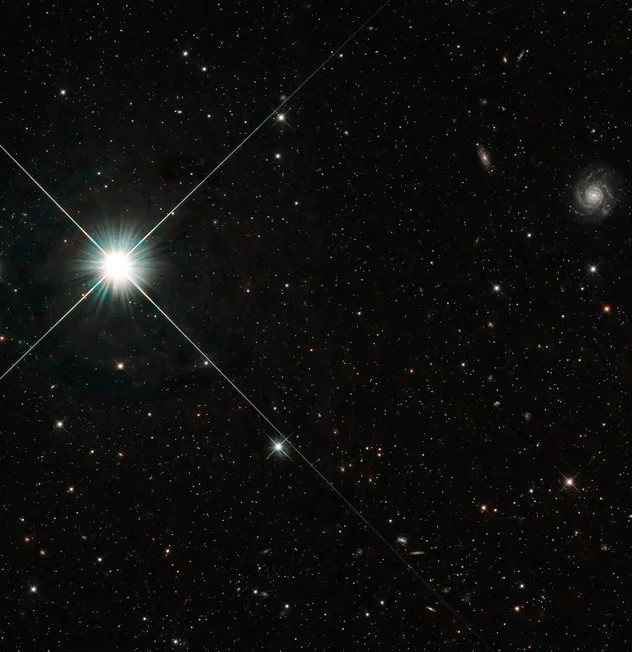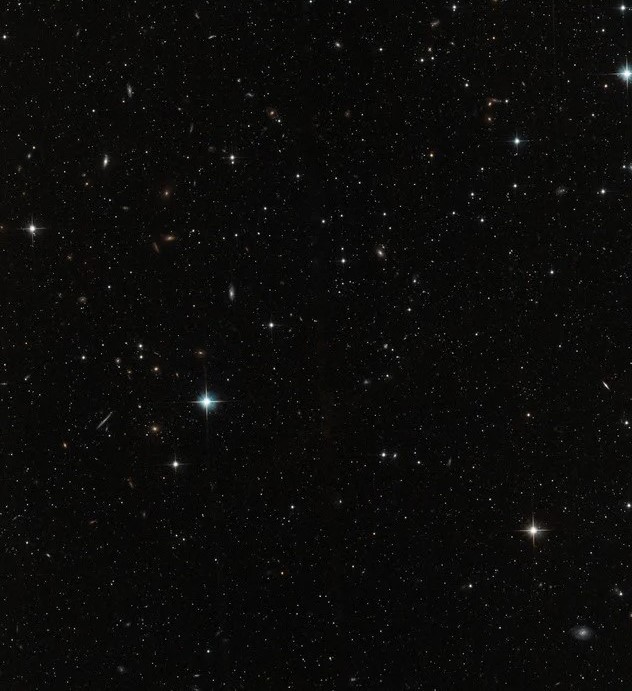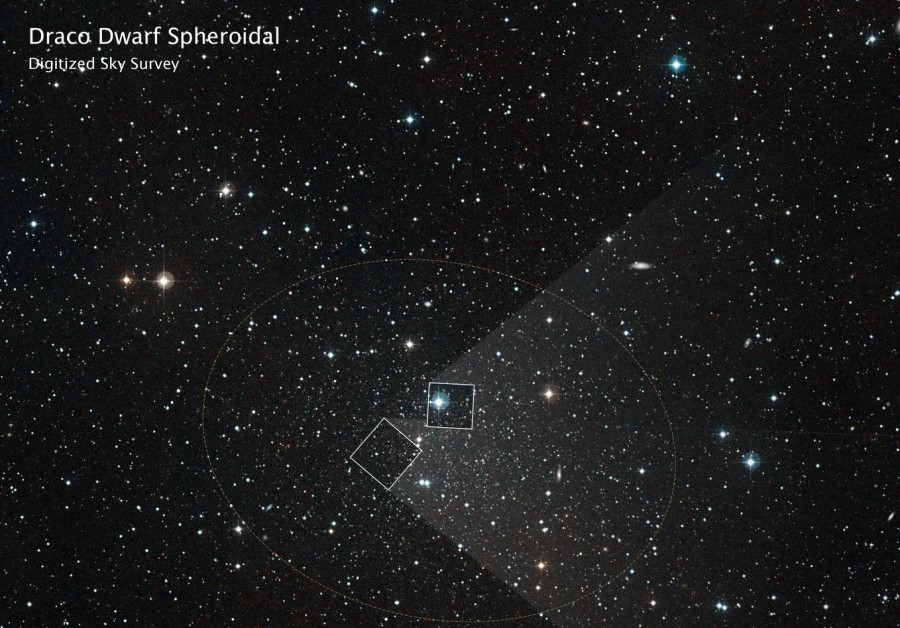The qualities and behavior of dark matter, the invisible "glue" of the universe, continue to be shrouded in mystery. Though galaxies are mostly made
The qualities and behavior of dark matter, the invisible “glue” of the universe, continue to be shrouded in mystery. Though galaxies are mostly made of dark matter, understanding how it is distributed within a galaxy offers clues to what this substance is, and how it’s relevant to a galaxy’s evolution, reported NASA.
While computer simulations suggest dark matter should pile up in a galaxy’s center, called a density cusp, many previous telescopic observations have indicated that it is instead more evenly dispersed throughout a galaxy. The reason for this tension between model and observation continues to puzzle astronomers, reinforcing the mystery of dark matter.

A team of astronomers has turned toward NASA’s Hubble Space Telescope to try and clarify this debate by measuring the dynamic motions of stars within the Draco dwarf galaxy, a system located roughly 250,000 light-years from Earth. Using observations that spanned 18 years, they succeeded in building the most accurate three-dimensional understanding of stars’ movements within the diminutive galaxy. This required scouring nearly two decades of Hubble archival observations of the Draco galaxy, reported NASA.
“Our models tend to agree more with a cusp-like structure, which aligns with cosmological models,” said Eduardo Vitral of the Space Telescope Science Institute (STScI) in Baltimore and lead author of the study. “While we cannot definitively say all galaxies contain a cusp-like dark matter distribution, it’s exciting to have such well measured data that surpasses anything we’ve had before.”

To learn about dark matter within a galaxy, scientists can look to its stars and their movements that are dominated by the pull of dark matter. A common approach to measure the speed of objects moving in space is by the Doppler Effect, an observed change of the wavelength of light if a star is approaching or receding from Earth. Although this line-of-sight velocity can provide valuable insight, only so much can be gleaned from this one-dimensional source of information, reported NASA.

Besides moving closer or further away from us, stars also move across the sky, measured as their proper motion. By combining line-of-sight velocity with proper motions, the team created an unprecedented analysis of the stars’ 3D movements.
Since dwarf galaxies are known to have a higher proportion of dark matter content than other types of galaxies, the team honed in on the Draco dwarf galaxy, which is a relatively small and spheroidal nearby satellite of the Milky Way galaxy, reported NASA.

“When measuring proper motions, you note the position of a star at one epoch and then many years later measure the position of that same star. You measure the displacement to determine how much it moved,” explained Sangmo Tony Sohn of STScI, another co-author of the paper and the principal investigator of the latest observational program. “For this kind of observation, the longer you wait, the better you can measure the stars shifting.”
The team analyzed a series of epochs spanning from 2004 to 2022, an extensive baseline that only Hubble could offer, due to the combination of its sharp stable vision and record time in operation. The telescope’s rich data archive helped decrease the level of uncertainty in the measurement of the stars’ proper motions. The precision is equivalent to measuring an annual shift a little less than the width of a golf ball as seen on the Moon from Earth, reported NASA.

With three dimensions of data, the team reduced the amount of assumptions applied in previous studies and considered characteristics specific to the galaxy –such as its rotation, and distribution of its stars and dark matter– in their own modeling efforts.
The methodologies and models developed for the Draco dwarf galaxy can be applied to other galaxies in the future. The team is already analyzing Hubble observations of the Sculptor dwarf galaxy and the Ursa Minor dwarf galaxy, reported NASA.

Studying dark matter requires observing different galactic environments, and also entails collaboration across different space telescope missions. For example, NASA’s upcoming Nancy Grace Roman Space Telescope will help reveal new details of dark matter’s properties among different galaxies thanks to its ability to survey large swaths of the sky, as reported by NASA.
All Credit To: NASA, ESA



COMMENTS